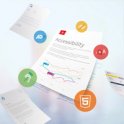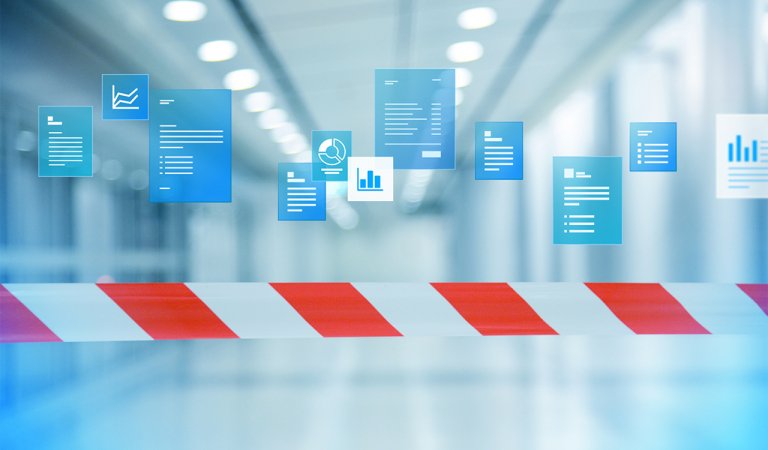There is a certain amount of overall inertia in this respect. Although they may not fully appreciate it, some are surely aware that the requirement for generally accessible documents presents an opportunity to think in general about modernizing document creation. Key word: multichannel capability. If you generate your documents for output on all channels, regardless of medium, display size, etc., you have to deal with data. Then, the issue of universal accessibility and inclusion is, in principle, a by-product.
Many companies are working with document generation systems that are 20 years old and older. So that means they are facing the question of whether to completely modernize document creation or make existing documents more intelligent. What do you recommend?
Grumser: Companies need to decide that for themselves. There is no patent solution no matter where they are starting from, but start they must. They need to set a date to start creating documents only according to the defined criteria. There are sufficient applications available. HTML5 and other standards are suitable methods for generating accessible, structured, and intelligent content for all media. Compart's DocBridge® Impress (replaced by DocBridge® Communication Suite) is also a suitable solution.
The problem is what to do with the old documents. You could go back and tag them; there are powerful tools available, such as DocBridge® Mill Plus, although such processes are always prone to error. The affected documents need to be available in electronic form and the content decrypted so it is readable and accessible. I think that most companies, with a few exceptions, have digitized their paper archives.
But keep in mind that this method is extremely cost-intensive. So is the effort worth it? Or is it better to forego the possibilities that structuring and "upvaluing" will offer and just let the unstructured documents be.
The question is what relevance do these documents have, that is, what is the statistical probability that they will be needed for targeted information research. It depends. Adding intelligence later isn't always the only right way.
Apropos DocBridge® Impress: What does the Compart solution offer in this context?
Grumser: While it does support subsequent tagging, the critical advantage of DocBridge® lies in the new approach. From the beginning, every document is created for output and display on all media; it is universally accessible and can be "enriched" with enough metadata for further processing via the semantic web. We call this the "design once" principle, meaning the document is created in a single source format and "enriched" with data such that it is multichannel-capable and universally accessible – ergo intelligent.
With DocBridge® Impress (replaced by DocBridge® Communication Suite), users create digital accessible documents practically "in passing," because the solution supports all the popular output formats such as HTML5 and PDF/UA, the internationally recognized standard for universally accessible documents per the Web Content Accessibility Guidelines (WCAG).









